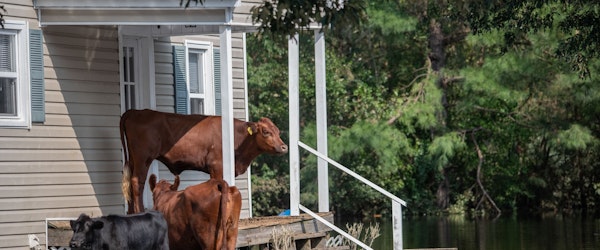
Flood Insurance Program Struggles with Rising Repeat Payouts
Monday, October 7th, 2024 Catastrophe Legislation & Regulation Property Risk ManagementThe National Flood Insurance Program (NFIP) is grappling with a surge in repeat claims as flood risks intensify across the U.S. due to worsening climate conditions. Severe repetitive loss (SRL) properties, which are homes or buildings that have filed multiple flood insurance claims, have significantly increased in number. In 2000, there were around 10,000 SRL properties, but by 2022, this figure had quadrupled to 40,000, according to estimates by the Natural Resources Defense Council (NRDC). Many of these properties are located in low-lying coastal areas, like Shore Acres in St. Petersburg, Florida, where even minor storms or sunny days can lead to flooding. Only 14 out of 331 SRL properties in this area have been fortified against future flood damage, highlighting the challenges faced by property owners and local governments.
Though 95% of flood insurance policies in the U.S. are issued by the NFIP, less than 4% of Americans have flood insurance coverage. This lack of coverage means that the growing number of SRL properties only reflects part of the broader issue, with many at-risk homes uninsured. FEMA and local governments are working to mitigate flood risks through infrastructure improvements, such as flood valves and emergency sand-pumping projects, but these measures are costly and underfunded. Nationwide, FEMA data shows that only about 24% of SRL properties have undergone mitigation, leaving many still vulnerable to repeat flooding.
Experts argue that without broader zoning reforms and changes to building regulations in flood-prone areas, the NFIP will continue to face mounting losses. Federal grants are available to help reduce risks to insured properties, but there isn’t enough funding to cover all requests, leaving communities to either fortify properties themselves or face the growing risks of flood-related damage. The rising cost of SRL payouts underscores the need for proactive measures to address climate-related flooding.





